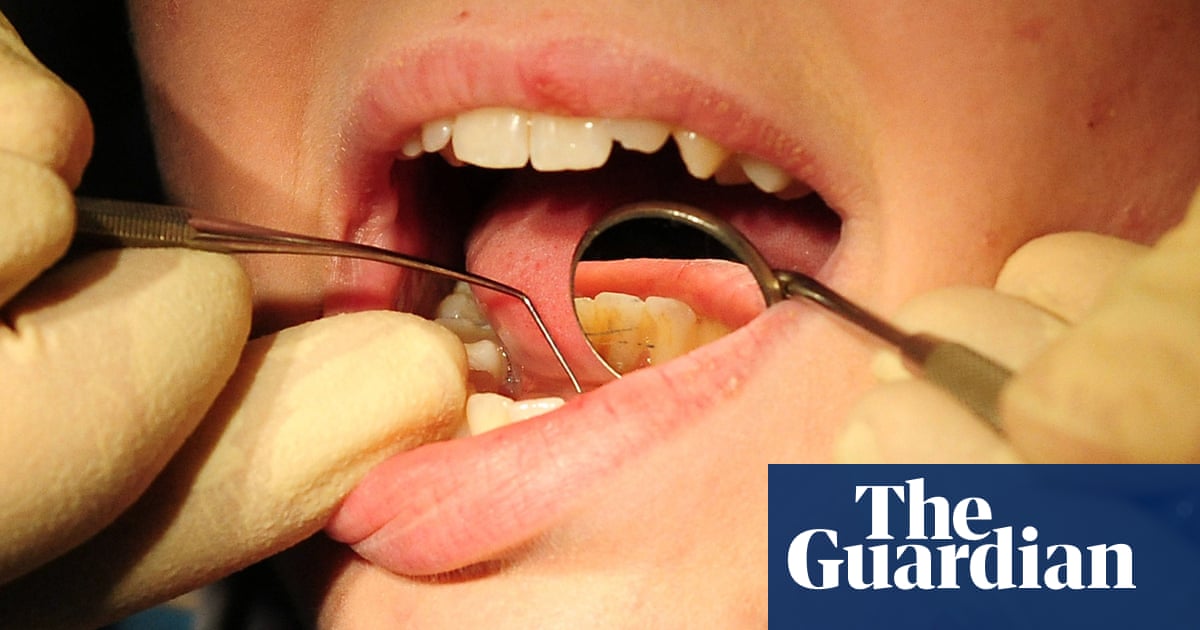
An unprecedented 6m people are waiting for non-urgent surgery and hospital treatment in England
Coronavirus – latest updates
See all our coronavirus coverage
An operating theatre
Sir James Mackey’s Northumbria NHS trust has kept more elective surgery going than many others. Photograph: Image Source/Alamy
Denis Campbell Health policy editor
Mon 7 Feb 2022 20.48 GMT
Six million people are waiting for non-urgent surgery and hospital treatment in England. NHS England has been formulating an “elective recovery plan” – delayed by the onset of Omicron – to get waiting times closer to the 18-week maximum enshrined in the NHS constitution.
What is the elective recovery plan?
It is the government and NHS’s joint plan to tackle the unprecedented 6 million-strong backlog of people awaiting non-urgent hospital treatment, mainly surgery, in England.
It was originally due to be published in early December. However, its launch was delayed by the emergence that month of the Omicron variant of Covid and behind-the-scenes wrangling between ministers and NHS England over how demanding the targets imposed on hospitals – to clear the backlog and in particular to eradicate waits of up to two years for care – should be.
Who has drawn up the plan?
NHS England has been in charge and will launch the plan this week, possibly on Tuesday. Sir James Mackey, the chief executive of Northumbria NHS trust, has played a leading role in formulating the plan and suggesting changes to help hospitals provide quicker care. He is widely admired in the NHS and Whitehall as an original thinker and someone whose trust has managed to keep more elective care going, despite the turmoil of Covid, than many others.
What is likely to be in the plan?
A number of initiatives intended to get back to most patients waiting no longer than the supposed 18-week maximum enshrined in the NHS constitution. For example, hospitals will stop inviting many patients for at least some of the checks and follow-up appointments that have been standard for years, in an attempt to free up doctors and nurses so they can spend more time in operating theatres and less time in clinics. Mackey believes many such appointments are “pointless” and tie up consultants unnecessarily. He wants to see change “on an industrial scale”.
Could patients seek treatment outside their home area where the waiting list is shorter?
Yes, the plan will break new ground for the NHS by giving patients the right to have their operation at a hospital many miles from their home, if it has spare capacity. The NHS will also be expected to help patients overcome the challenges involved, such as transport. But hospital bosses stress privately that the sheer size of the backlog, lack of staff and practical difficulties involved for patients mean that few are likely to select to have their operation this way.
How can the number of operations be increased when Covid is still around?
There will be an expansion of the separation between “hot” and “cold” sites that some NHS trusts have used during the pandemic to maintain as much planned care as possible. While “hot” sites have treated Covid patients, huge efforts have gone into keeping “cold” sites – usually smaller hospitals that do not have an A&E – free of the disease so that cancer surgery, heart operations, hip and knee replacements and other types of surgery can still go ahead. Trusts such as Wolverhampton, Northumbria and University College London hospital have all done that, enabling important surgery to go ahead.












